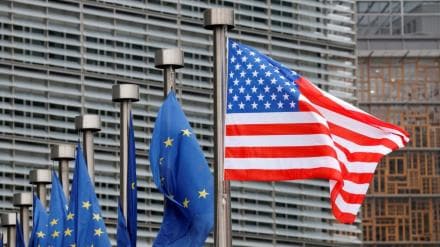Under a new trade agreement unveiled jointly by Washington and Brussels on Thursday (August 21), car and pharmaceutical exports from the European Union (EU) to the United States of America will now face a 15% tariff.
The pact marks a significant shift in the world’s largest bilateral trading relationship, which accounts for around $2 trillion annually. President Donald Trump, during his second term in office, had threatened to impose tariffs as high as 30% on European goods if no deal was struck before August 1. The agreement avoids that escalation, settling instead on a uniform 15% rate.
EU trade commissioner hails the deal
EU trade commissioner Maros Sefcovic hailed the deal as “serious and strategic”, stressing that a broad range of sectors stand to benefit from the stability it provides.
However, the EU’s push to shield its wine and spirits sector from new tariffs fell short. “Unfortunately, here we didn’t succeed. These doors are not closed forever,” Sefcovic acknowledged at a press conference.
Agreements beyond tariffs
Beyond tariffs, the agreement commits the EU to remove duties on industrial goods and several agricultural products, with the US reciprocating through reductions of its own. It also covers non-tariff barriers, digital trade rules, environmental regulations and a framework for $750 billion in American energy purchases alongside $600 billion in EU investments by 2028.
The breakthrough follows a July meeting between Trump and European Commission President Ursula von der Leyen at Trump’s Turnberry golf course in Scotland, where both leaders laid the groundwork for what is now being billed as one of the most comprehensive US-EU trade deals in recent decades.
